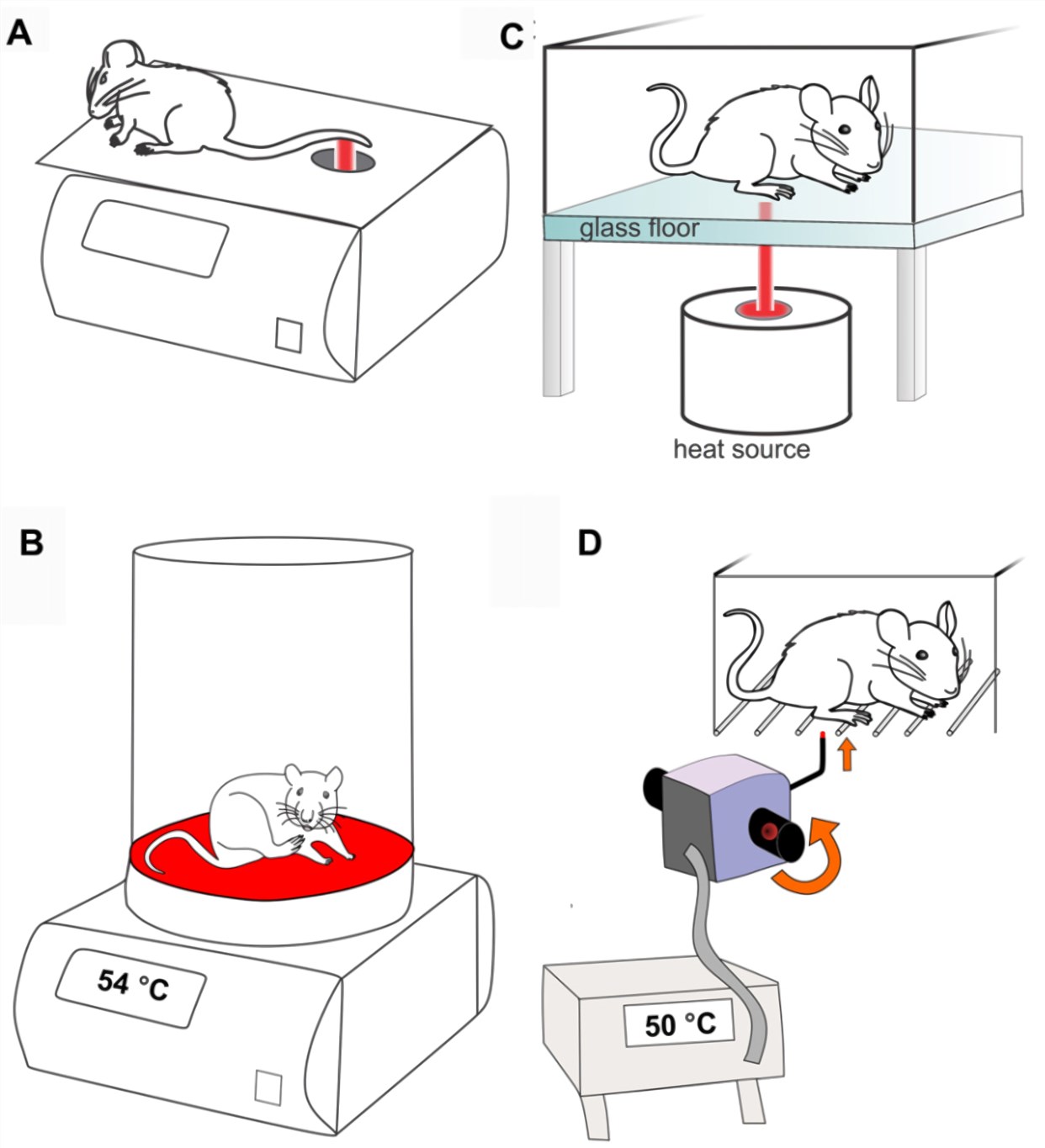Rodent Pain Models
Pain, both acute and chronic, remains a significant health problem. The number of people who experience chronic pain is more than heart disease, cancer, and diabetes combined in the United States. Despite the prevalence and impact of pain, it is extremely difficult to treat, and few basic science advances have been effectively translated into the clinical setting over the last several decades. As a research partner in preclinical drug development, Creative Biolabs offers a comprehensive battery of pain models to establish proof-of-concept for potential assessment and treatment for a range of pain-related conditions.
Overview of Rodent Pain Models
Animal models of pain and the measurements of pain behavior have proven useful in advancing our understanding of the physiological basis, identification of neurotransmitters, receptors, intracellular messengers, and genes involved in pain behaviors; and a better understanding of existing pharmacological and non-pharmacological pain treatments. Creative Biolabs has established a full battery of pain models including inflammatory pain models, joint pain models, neuropathic pain models, and a number of pain tests to imitate the clinical pain conditions with diverse etiology or to screen analgesics. Below are the models and tests available at Creative Biolabs:
Inflammatory Rodent Pain Models
Animal models of inflammatory pain have been widely used to study the mechanisms of tissue injury-induced persistent pain. A number of different irritants have been injected into skin, paw, muscle, joint, and visceral organs to produce tissue injury and hyperalgesia. The irritants include those that produce acute inflammatory pain associated with neutrophil recruitment as well as more sustained pain responses associated with a macrophage infiltration. Thus, they are used to mimic conditions with both acute and chronic inflammation, and all have been validated by showing the effectiveness of opioids and NSAIDs. Creative Biolabs offers a range of inflammatory pain models from acute inflammatory pain to chronic pain associated with arthritic or osteoarthritic conditions using different irritants, such as carrageenan, formalin, and Complete Freund's adjuvant (CFA):
- Carrageenan-Induced Paw Edema
- Formalin-Induced Pain Model
- Adjuvant-Induced Arthritis (AIA) Rodent Model
- Monosodium Iodoacetate (MIA)-Induced Osteoarthritis Model
Neuropathic Rodent Pain Models
Neuropathic pain is evoked by damage or disease in either the peripheral or central somatosensory system and often occurs following trauma to the nervous system. Neuropathic pain can also occur following ischemia, metabolic derangement, or exposure to various toxins. Creative Biolabs has developed a battery of neuropathic pain models to mimic the clinical pain conditions with diverse etiology. These include peripheral nerve injury models, anti-cancer agents-induced neuropathy models, and diabetes-induced neuropathy models.
- Streptozotocin (STZ)-Induced Diabetic Neuropathy Model
- Spinal Nerve Ligation (SNL) Rat Model
- Partial Sciatic Nerve Ligation (PSL) Rat Model
- Chronic Constriction Injury (CCI) Model
- Vincristine-Induced Neuropathy Model
 Fig. 1 Methods used to assess heat-evoked pain like behaviors in rodents. (A) Tail flick test (radiant heat). (B) Hot plate test. (C) Hargreaves test. (D) Thermal probe test. (Deuis et al. 2017)1, 2
Fig. 1 Methods used to assess heat-evoked pain like behaviors in rodents. (A) Tail flick test (radiant heat). (B) Hot plate test. (C) Hargreaves test. (D) Thermal probe test. (Deuis et al. 2017)1, 2
Outcome Measures of Pain Behavior
The methodology to quantify pain behavior in animal models can be categorized based on whether the primary outcome measure is reflexive or non-reflexive. Reflexive pain tests evaluate behavioral responses after the application of heat, mechanical, and electrical stimuli. These tests of evoked responses most closely mimic human studies of enhanced response to noxious stimuli (hyperalgesia). Non-reflexive pain tests include spontaneous pain behavior (e.g., paw elevation and paw licking in a formalin test) and avoidance of evoked stimuli (e.g., the thermal escape test, place escape/avoidance paradigm).
Creative Biolabs has accumulated years of experience in the efficacy testing of compounds, biologics, and vaccines using a wide range of disease models. The comprehensive list of rodent neurological disease models is placed below for your review. Please click the links for more detailed description of each model:
Creative Biolabs provides our clients with rapidly scheduled and cost-effective services at the highest standards of quality and accuracy. We are happy to share this expertise with our clients to boost their brilliant studies. Contact us for more information if you are interested in these disease models.
References
- Deuis, J. R.; et al. Methods used to evaluate pain behaviors in rodents[J]. Frontiers in Molecular Neuroscience. 2017, 10.
- under Open Access license CC BY 4.0, without modification.
For Research Use Only.
